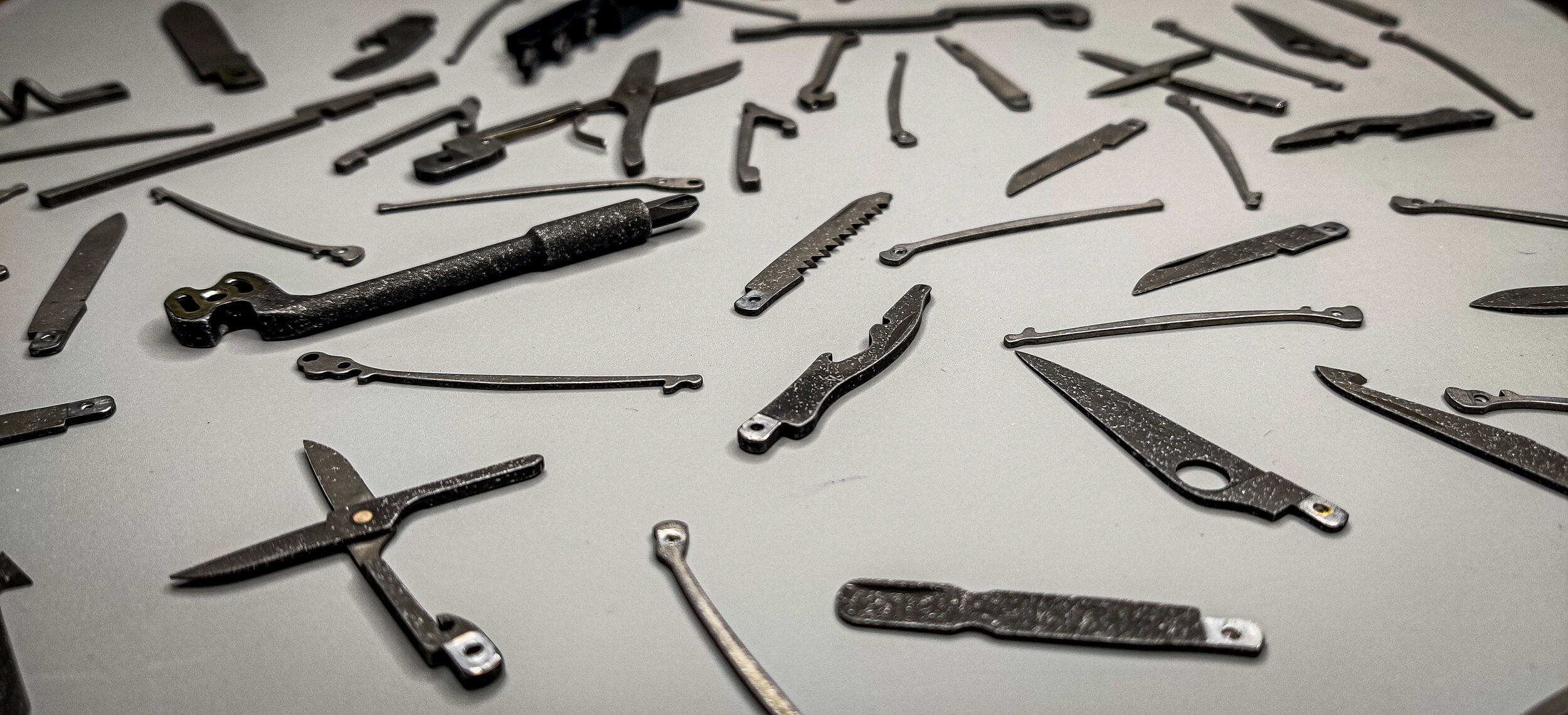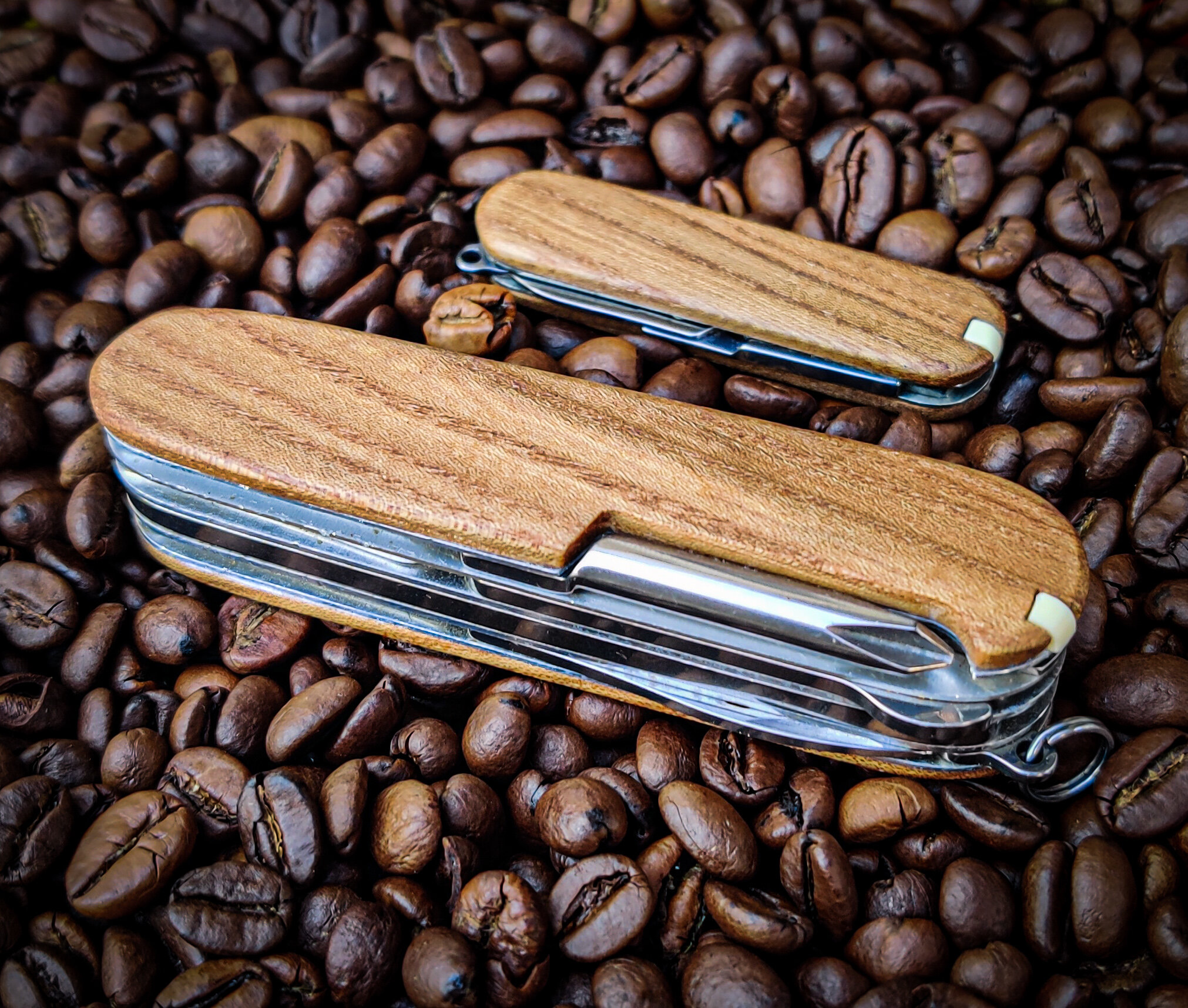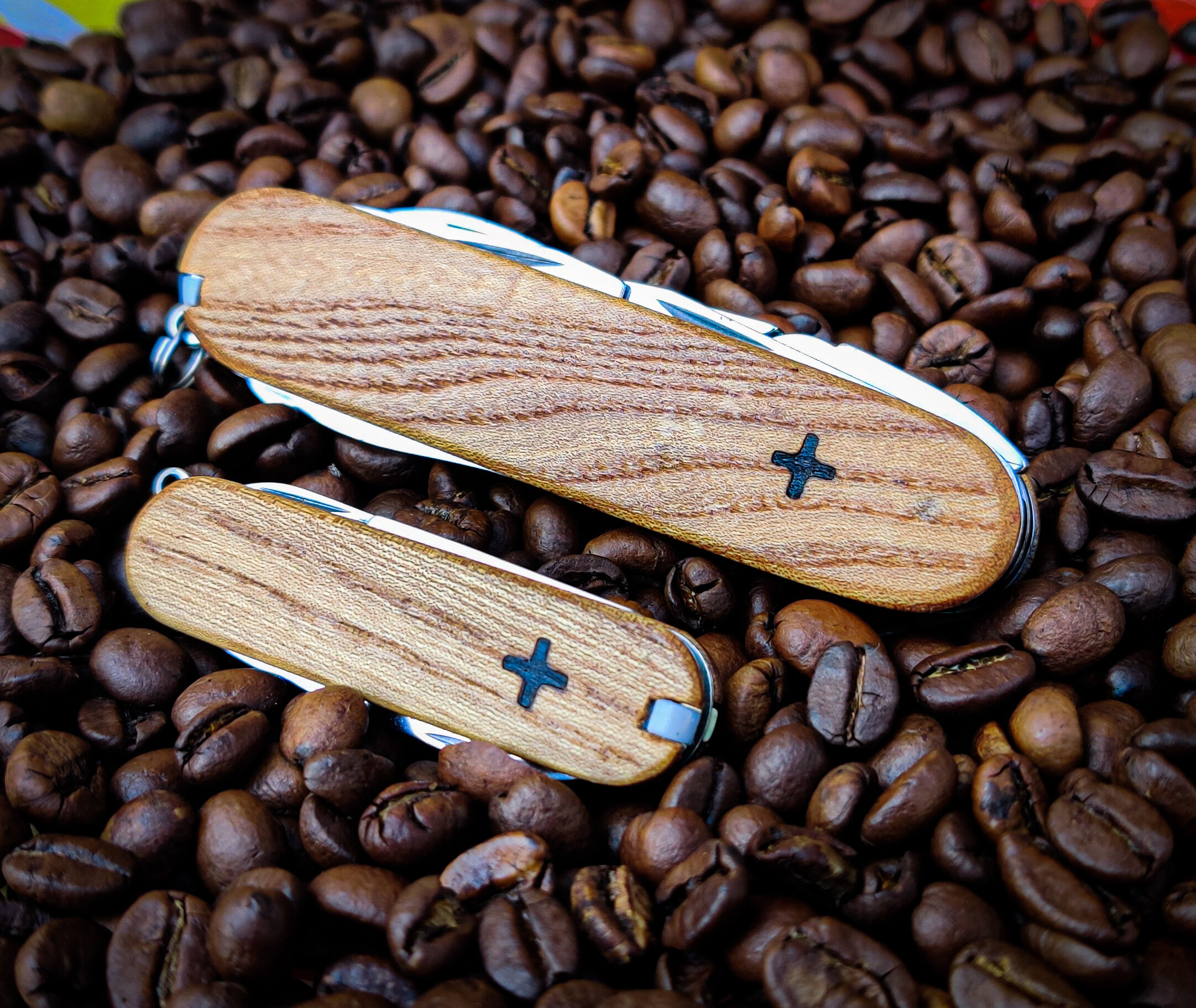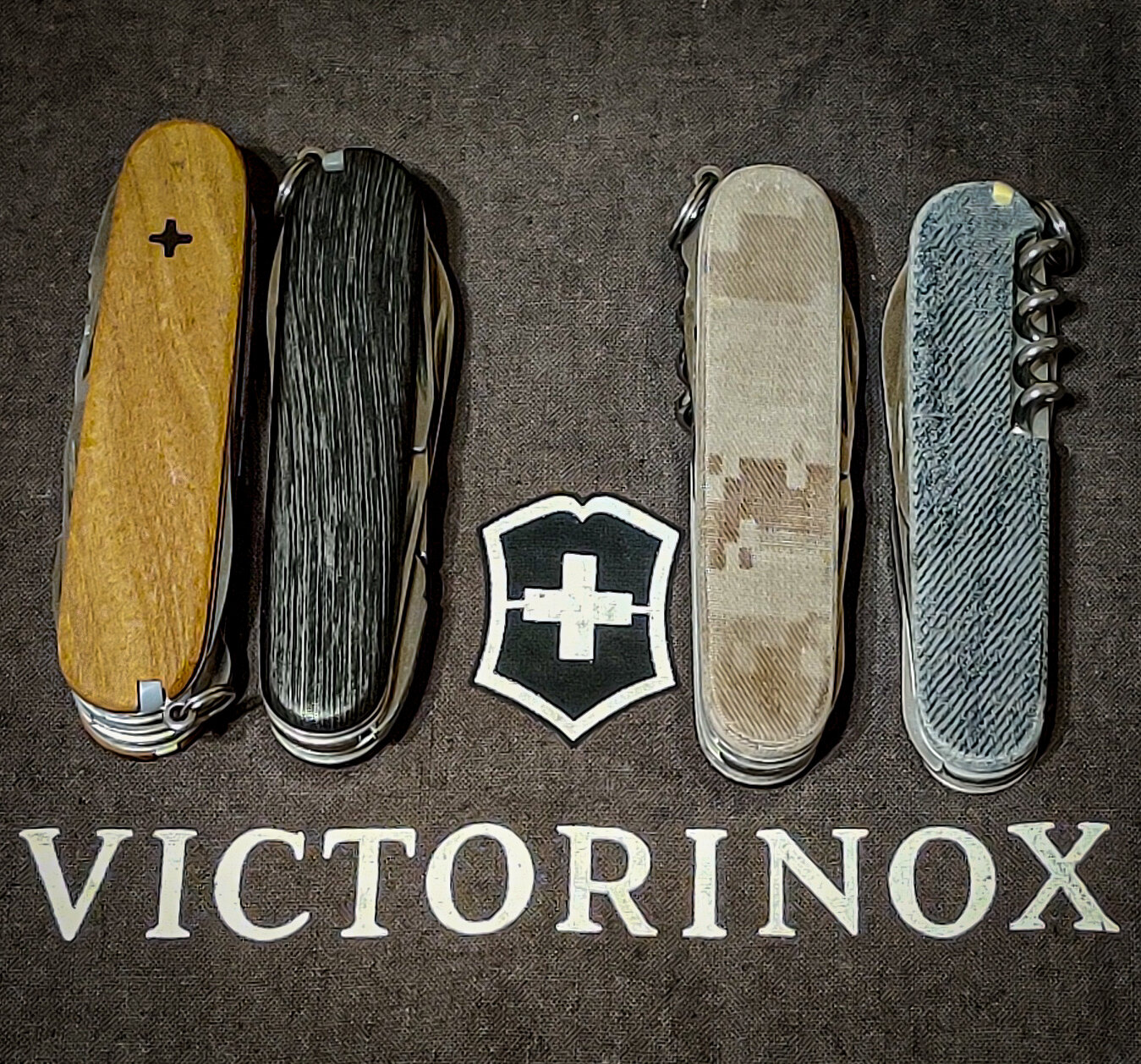
I never liked Victorinox Swiss Army knives until…
In December of 2019, I started an Instagram account dedicated to showcasing my EDC (Every Day Carry). I met Marco Feier on Instagram @edcwolfs as he has similar interests as I. And he was shocked to learn that I didn’t own any Victorinox Swiss Army knives. I always thought of them as a cheap multitool for children. He began showing me some really cool models that he owned and got me interested. I didn’t like the price of a new Swiss Army knife, so I ended up searching on Ebay for something cheap and came across this lot.
I began restoring old, worn Swiss Army knives.
I liked the functionality of the Swiss Army knives, but wanted them to look nicer. I removed the scales, sanded, and polished them. The tool needed some TLC too. I washed them, polished them, sharpened them, and oiled them. Yes! The three Swiss Army knives in the picture are knives that I restored.
I had a problem though… After putting so much time and effort into polishing the original cellidor scales, I couldn’t put the knife in my pocket or packbecause it was too easy to scratch.
I needed scales that wouldn’t get scratched as easily.
I made a sketch of the original scales and began trying out different materials that I could use for making my own scales. I tried wood, because I had some experience working with it. The first couple of attempts were pretty bad. I needed the wood to be hard enough so that that it would not deform easily, but I needed it soft enough so that I could work with it. After some success with the wooden scales, I decided to learn how to make micarta so I could make scales out of that. After a couple of YouTube videos, I was ready to give it a try. I tried some different materials and different resin. They were not as successful, but I plan to try the process again.


Wooden Scales with burnt plus sign

Wooden, Aqua-printed, Marine Cammies Micarta, Denim Micarta

After seeing some custom Swiss Army knives online…
I joined some custom Swiss Army knife groups on Instagram and Facebook and a whole new world opened up for me. I began discovering things like Spyderco-Victorinox hybrids (aka Spydernox), all different kinds of metal scales, acid etched tools, and G10 liners. I began researching the chemicals, tools, and supplies that I would need immediately. It was difficult because I couldn’t find anybody willing to share the “trade secrets”, so I learned on my own with ideas for modified tools from Marco Feier, my friend on Instagram. He came up with unique ideas like converting unneeded tools on a Victorinox Minichamp into things like a saw or chisel. With his ideas, I began working on my very first Spydernox. I shared pictures of my Spydernox with the groups that I had joined and people began asking me to make them one too, and this is where F2S Customs all began.




